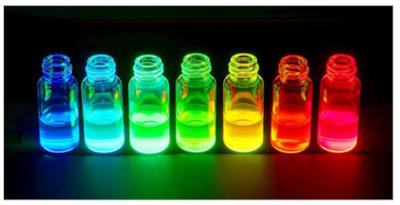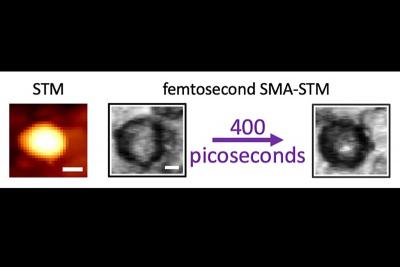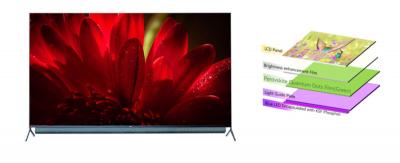Shoei Chemical acquires leading QD developer Nanosys
Japan-based Shoei Chemical announced today that it is acquiring US-based QD developer Nanosys. This is not a complete acquisition, but Shoei acquires "substantially all the assets associated with the Nanosys quantum dot business". Shoei will continue to operate the Nanosys brand and its Silicon Valley-based R&D facility and labs.
Shoei Chemical has been exclusively producing Nanosys' quantum dots materials for the past four years, and the companies already have a close relationship. Nanosys has shipped QD materials to over 1,000 unique products and a total of over 70 million devices, including monitors, TVs and tablets.





